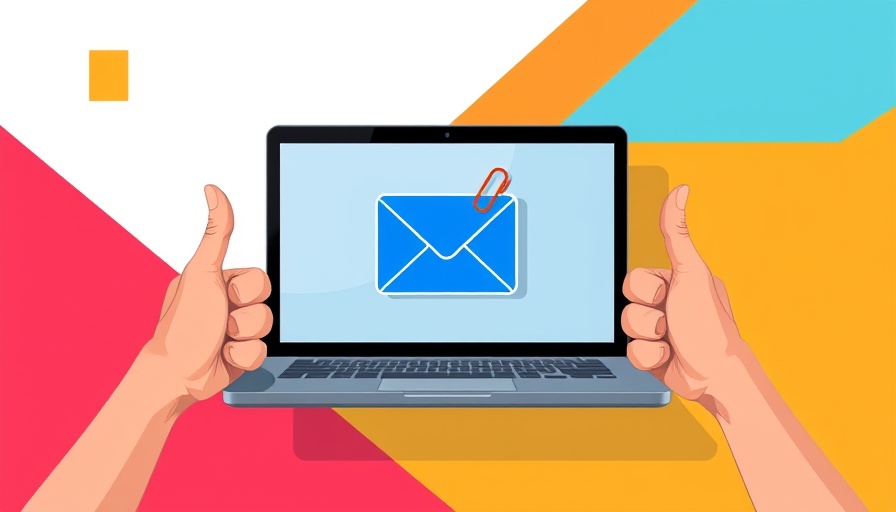
How Consumer Search Behavior is Evolving in the Digital Age
For years, the name "Google" encapsulated the very essence of searching for information online. However, as technology progresses, so do consumer search behaviors. Today, younger generations, especially Gen Z and Millennials, are redefining how they engage with brands and find information. With over 29% of this demographic favoring social media over traditional search engines for information gathering, the landscape is changing rapidly.
Understanding Consumer Search Behavior
Consumer search behavior describes the way individuals seek, research, and discover information online prior to making purchasing decisions. In an age dominated by social media and advanced AI capabilities, the conventional thought process of simply "Googling" information is becoming antiquated. Users are now turning to social platforms, voice assistants, and AI-driven tools to satisfy their informational needs.
The Impact of Social Media on Search
Research indicates that more than half of Gen Z and Millennials rely on social media for product discovery. This pivot suggests that brands must adapt their marketing strategies to engage with these platforms effectively. Marketers should consider prioritizing content that resonates with the visual and interactive nature of platforms such as Instagram, TikTok, and Facebook, engaging audiences where they are most active.
The Role of AI and Emerging Technologies in Search
As generative AI continues to evolve, its integration into search results is becoming more pronounced. AI tools offer consumers a unique, personalized experience while researching products. Marketers can leverage these tools to refine their sales funnels and enhance lead generation strategies by providing targeted content and ensuring they remain visible on AI-driven search engines. Furthermore, with changing consumer preferences, adding AI to a marketing automation strategy becomes essential for maintaining a competitive edge.
Adapting Marketing Strategies for Shifting Search Behaviors
In light of these changes, digital marketers must rethink their approach. Here are a few strategies to adapt effectively:
- Optimize for Multiple Platforms: Ensure that marketing content is suitable for social media, traditional search engines, and AI tools. Tailor content to fit different audiences.
- Prioritize Mobile Experiences: With the rise of mobile search, marketers must develop strategies that cater specifically to mobile users, ensuring that content is responsive and easy to navigate on smaller screens.
- Invest in Local SEO: Localized content helps brands reach specific audiences in unique geographical areas, making it easier for consumers to find relevant products and services they need.
- Utilizing CRM & Marketing Automation Tools: Implementing these technologies can assist marketers in creating effective campaigns and nurturing leads through personalized content.
Looking Ahead: The Future of Search Behavior
The transformation of consumer search behavior highlights a critical juncture for marketers. By acknowledging and adapting to consumers' preferences for social platforms and AI advancements, brands can foster more significant connections with their target audiences. Continuous adaptation will be vital in leveraging new technologies and understanding how consumers interact with information and products.
Conclusion: Preparing for Change
As the digital landscape evolves, marketers must embrace these shifts in consumer search behaviors. By optimizing marketing efforts to enhance visibility across various platforms and investing in new technologies like AI, brands can remain relevant and engaging. The changes outlined suggest a bright future where adapting strategies in response to consumer preferences will not only improve engagement but also drive sales growth.
To gain a competitive edge, utilize tools that optimize your brand visibility across AI-powered search engines today. Embrace these changes to ensure your marketing strategy is as innovative as the technologies that drive it.
 Add Row
Add Row  Add
Add 




Write A Comment